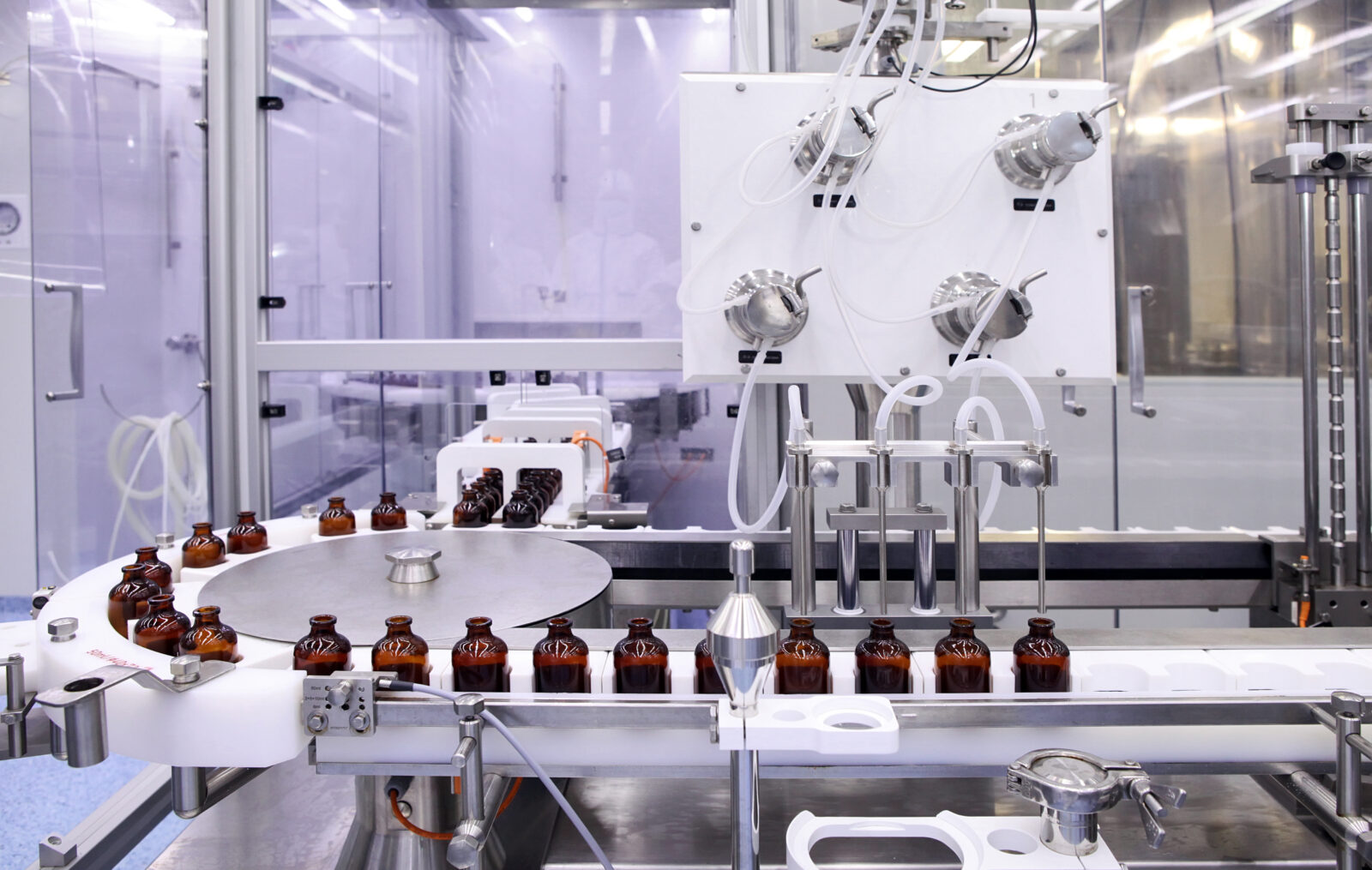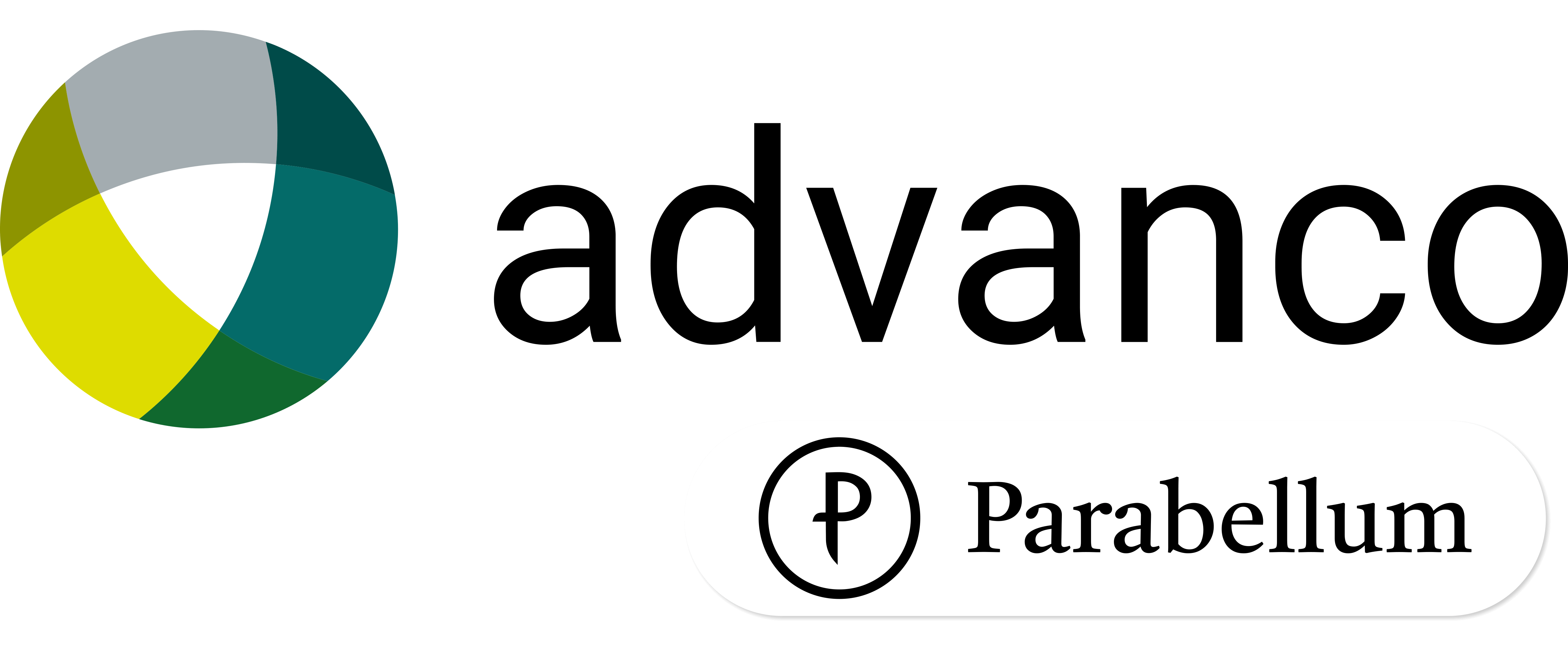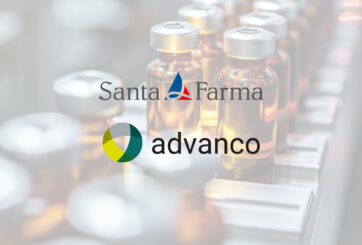Expect a game-changing 2023 for pharmaceutical serialization
With Christmas now a distant memory, and with most of us starting our third full week back at our desks, it’s fair to say that it’s full steam ahead for another busy year in the world of pharmaceutical serialization.

However, what should we expect over the next 12 months? Will it be a non-stop year ahead, a game-changer that will go down in the history books, or will it be one that will slip into obscurity?
The early evidence suggests that 2023 is set to be a pivotal year in the evolution of the serialization sector.
High growth is forecast to take place over the next four to five years, and as we all know, high growth doesn’t simply happen “just like that”. It involves a high degree of preparation and fine-tuning. Although the serialization sector is constantly innovating to ensure the supply chain is functioning at its optimal level at all times, the next 12 months will see this stepping up even more as the sector gets ready to meet the huge demands that are set to be placed upon it.
However, what is driving this demand? What is it that will make 2023 – and the years following it – so incredibly busy?
A high-growth forecast
Research from The Insight Partners forecasts huge growth for the global serialization market, estimating it will be worth US$6,049.0 million in 2027, a significant growth from the US$1,728.3 million recorded in 2018.
While it is true, of course, that there remains a high demand for drugs and medical supplies across the globe, especially fueled by the ongoing Covid drive, there are some other vitally important factors in play which is driving the demand for the latest, cutting-edge serialization technology.
More packaging = an increased demand for serialization
The global pharmaceutical contract packaging sector is expected to grow at an 8.1% CAGR through 2027 to reach a value of $29.62 billion. Contract firms handle primary packaging and labeling and provide secondary services, such as assembling and secondary packaging of vials, auto-injectors, and prefilled syringes.
Add to this the huge pharmaceutical companies with their own vast, in-house packaging operations and you begin to see there are some golden opportunities for the serialization companies. Indeed, there is a direct correlation – as the packaging sector grows, the serialization sector will have no choice but to grow to keep up with it.
Serialization can streamline packaging operations
Hand in hand with a booming packaging sector goes a need to streamline the packaging process to ensure it remains profitable. And this streamlining process is being increasingly driven by technology – technology which can be perfectly complemented by serialization software.
Recent years have seen a move towards a much more agile, local supply chain. The rapid uptake of digital barcode scanning systems combined with the very latest, cutting-edge technology, has made supply chains much more secure. New-edge computing is set to tighten this up even further. It will power automatic, time-sensitive supply chain processes in warehouses, factories, and manufacturing facilities. These processes will lessen the need for human management and create optimal outcomes while eliminating the risk of error due to manual processes. This is, of course, incredibly welcome by CEOs and senior decision makers of companies across the globe.
One way that technology will drive the process will see the addition of a scanner with a mobile application supporting the handling of serialized products across the supply chain and within warehouse operations. It will run on commercially available devices deployed at the warehouse, packaging, and other operational facilities. The product will provide complete visibility across the global supply chain. This, combined with the ability to connect with multiple Enterprise-Level (Level 4) serialization repositories, Warehouse Management Systems (WMS), and Enterprise Resource Planning (ERP) solutions, will complement the valuable investments made within existing solutions.
Furthermore, new-edge technology will sit behind the rise of smart robots that are poised to transform warehouse operations even further. Indeed, Gartner predicts that 75% of large enterprises will have adopted some form of smart robots in their warehouse operations by 2026 as they search for flexible automation.
The latest serialization software doesn’t just sit behind all these developments – it can enhance them. This is becoming increasingly recognized by the pharmaceutical sector, a sector that understands how easily it can adapt to the latest technology trends.
ARC LES Edge
Advanco’s ARC LES Edge provides a useful example of how serialization software can enhance warehouse packaging operations by offering users the valuable ability to make real-time decisions and automate serialized product operations. This is an especially tempting feature in the current times of global economic uncertainty.
ARC LES Edge is the power behind a digital transformation revolution by increasing shopfloor productivity without having to make large-scale changes. We all know that the pharmaceutical industry faces complex processes in warehouse management – ARC LES Edge is designed to simplify these processes while increasing productivity.
ARC LES Edge covers all serialized warehouse scenarios including delivery management, serial number status changes, rework operations and label reprints. It also covers instant serial number status updates on Enterprise-Level (Level 4) after commissioning the report.
Regulatory compliance
There is a rapidly increasing need for stringent regulatory compliance for pharmaceutical manufacturers, especially across the Middle East. Traceability & serialization requirements are being mandated across the MENA region to combat the growing problem of counterfeit medicines, with Saudi Arabia and Bahrain already having live compliance systems in place.
Indeed, the MENA region is one of expected rapid growth – so much so that advance has launched a strategic partnership with Utrace to provide the necessary compliance solutions to MENA pharma firms. The joint offering will see advanco’s industry-leading software platform, ARC, be available alongside Utrace’s leading-edge serialization software solution, Utrace Hub, to provide a Level 3 and Level 4 combined offering across the Middle East.
In the US, the Drug Supply Chain Security Act (DSCSA) started in 2013, defining the requirements for an interoperable, electronic system to identify and trace pharmaceutical products throughout their distribution in the country. As part of the requirements, pharmaceutical products must be marked with a National Drug Code (NDC), serial number, lot number, and expiration date.
The entire supply chain is expected to be electronically integrated, and all nodes of traceability are to be established by November 2023.
An ongoing fight with the forgers
All of us who work in the pharmaceutical sector are profoundly aware of the ever-present, and ever-dangerous issue of counterfeit drugs.
It is predicted that 10% of pharma products worldwide are counterfeit, with the global counterfeit drug market exceeding an eye-watering $75bn. Research further estimates that the death-toll caused as a result could increase to 10 million people by 2050.
Such pressure will only step up the need for pharmaceutical serialization, a tried and tested method of proving the provenance of medicines. The ability to accurately trace a drug across the entire supply chain, from manufacture to the point of sale, or point of dispensation, provides the watertight confidence needed that the drug is the real deal.
This peace of mind is something that the world is demanding more and more as the counterfeiters continue producing their life-threatening fake goods.
Conclusion
The future is looking bright for the serialization sector, with an increased demand for its services widely expected.
However, I want to sound a note of caution. It is crucial for serialization firms to constantly innovate and fine-tune their software and their products. The pharmaceutical sector never sits still, and technological development never stops. Therefore, an innovative serialization firm will never sit still either.
As we look ahead to a busy 2023, it is essential to understand that this momentum will only continue in the years ahead. Regulation is likely to increase further, CEOs will face even more pressure to streamline their operations, and, of course, the forgers will never stop.
Therefore, if you think 2023 will be busy – as the saying goes, “you aint seen nothing yet.”
View the original article here.



